It's not easy becoming the largest public research University in the United States. Luckily, ASU has had the privilege of being administrated by 16 presidents who have all made the University what it is today. The following seven University presidents have stood out from the rest for their contributions to the University.
Hiram Bradford Farmer
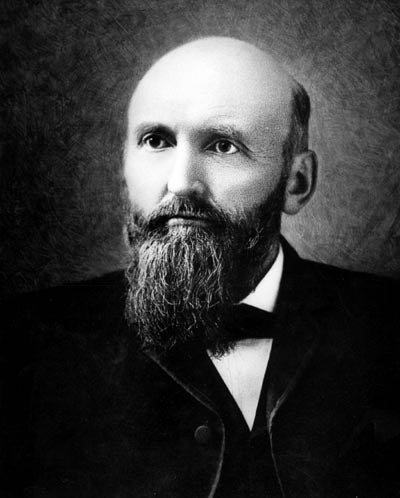
Photo courtesy of ASU Libraries
Back in 1886, the Territorial Normal School opened its doors to the public. The school's first class of 33 students was instructed by the first teacher and principal of the school, Hiram Bradford Farmer. According to ASU Libraries, Farmer established a well-rounded curriculum and is credited for helping create the Territorial Normal School's reputation as an exceptional school of higher learning.
James McNaughton
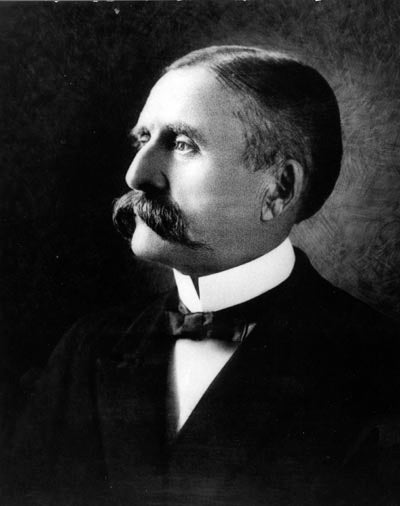
Photo courtesy of ASU Libraries
If you like ASU football, you should thank this man. Dr. James McNaughton was ASU's fifth principal. McNaughton is credited for establishing a sporting culture on campus. During his time in office, the Normal School won the first "Big Game" against Tucson and, in 1899, the championship of the Football League of Arizona, according to ASU Libraries. As principal, McNaughton also added physical education for women to the Normal School curriculum.
Grady Gammage
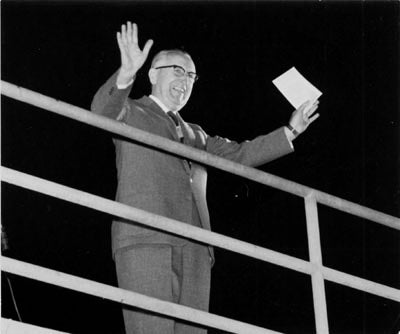
Photo courtesy of ASU Libraries
As ASU's ninth president, Grady Gammage served the University for nearly 28 years. According to ASU Libraries, Gammage's greatest accomplishment was leading the Arizona State Teachers College at Tempe through curriculum changes and an ever-growing student body and campus, which would contribute to the school earning its university status in 1958. Gammage supervised the construction of several buildings on campus, including his dream for a "great auditorium." Gammage's friend and renowned architect Frank Lloyd Wright designed the auditorium in his name which was completed in 1964, five years after Gammage died.
Read more: ASU celebrates 50 years of cultural excellence, community involvement at Gammage Auditorium
Michael Crow

Photo by Ben Moffat | The State Press
Current ASU President Michael Crow is the 16th university president and will begin his 14th year as president in July. When he began his presidency, Crow had the vision of a New American University, one that encouraged inclusiveness of students of all academic abilities, while maintaining an environment of academic excellence. ASU has embraced Crow's more-is-more philosophy and has seen results. Under Crow's presidency, ASU has nearly tripled its research spending, been recognized as the most innovative school in the country, attracted 61 percent more National Merit Scholars and established more than a dozen new transdisciplinary schools, according to ASU.
Read more: 5 things The Editorial Board learned from Michael Crow, from guns to football
J. Russell Nelson
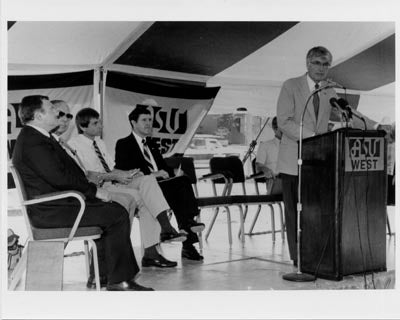
Photo courtesy of ASU Libraries
President J. Russell Nelson was ASU's 14th president from 1981 to 1989. President Russell's notable accomplishments include the construction of the ASU Kartsen Golf Course and the expansion of ASU's West campus. "Russell made significant strides forward in scholarship funding, campus facilities and student services," said Crow after Russell died last week.
G. Homer Durham

Photo courtesy of the Office of the President at ASU
One man who was responsible for helping begin the rapid expansion of ASU was the 11th university president, G. Homer Durham. During his tenure in the 1960s, the University established several new colleges such as the College of Law, the College of Nursing, the School of Social Work and the College of Liberal Arts. Also during this time, the University gained the ability to award doctoral degrees. According to ASU Libraries, during Durham's presidency, the University earned national status after more than doubling the size of the student body from 10,000 in 1960 to 23,000 in 1969.
Arthur John Matthews
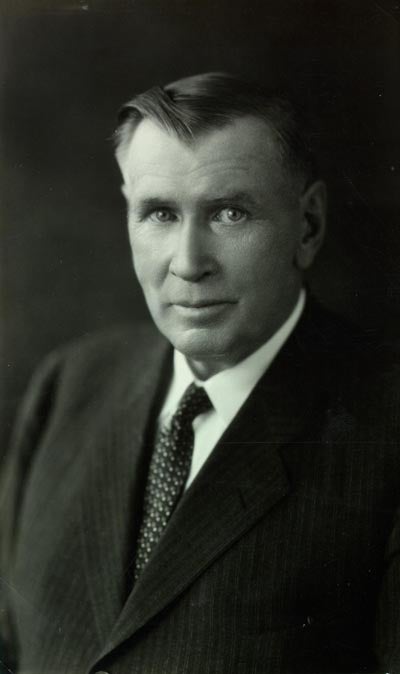
Photo courtesy of ASU Libraries
Before Arizona became a state, the Tempe Normal School would enroll high school students since no other secondary education facilities existed. As president, Arthur Matthews is credited with helping transition the school to an all-college student status, according to ASU Libraries. Under Matthews' four-year presidency, 18 buildings were constructed on campus, six of which are still in use. Matthews was also responsible for establishing an "evergreen campus" with the planting of shrubbery, trees and the planting of Palm Walk.
Reach the reporter at anicla@asu.edu or follow @AndrewNiclaASU on Twitter
Like The State Press on Facebook and follow @statepress on Twitter.




